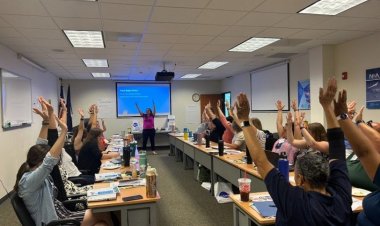The Healing Effect of Digoxin on Peripheral Nerve Damage and Its Relation to IL-17/IL-10
The Healing Effect of Digoxin on Peripheral Nerve Damage and Its Relation to IL-17/IL-10 Gürkan, Gökhan; Erdoğan, Mümin Alper; Karahan, Gökhan; Kaya, Hüseyin; Yiğittürk, Gürkan AIM: To demonstrate the curative effect of digoxin on peripheral nerve damage with its anti-inflammatory role on interleukin (IL)-17. MATERIAL and METHODS: The study was conducted with 30 male Sprague Dawley albino mature rats, of which 10 formed the control group, 10 were surgically treated and administered saline (group S), and another 10 were surgically treated and administered digoxin (group D). Motor functions and immunohistochemical and biochemical variables of the rats were assessed after therapy. RESULTS: The amplitude of the inclined plane test scores and the compound muscle action potential levels were greater in group D than in group S. Likewise, there were higher nerve growth factor percentages, higher axon counts, and lower fibrosis score percentages in group D than is group S. Lastly, lower tissue malondialdehyde and plasma IL-17 levels were determined in group D, while the IL-10 level was higher. CONCLUSION: Digoxin contributes to nerve healing and neuroprotective effect by demonstrating its anti-inflammatory effect on IL-17. It can be considered an adjunctive therapy for peripheral nerve injury

The Healing Effect of Digoxin on Peripheral Nerve Damage and Its Relation to IL-17/IL-10 Gürkan, Gökhan; Erdoğan, Mümin Alper; Karahan, Gökhan; Kaya, Hüseyin; Yiğittürk, Gürkan AIM: To demonstrate the curative effect of digoxin on peripheral nerve damage with its anti-inflammatory role on interleukin (IL)-17. MATERIAL and METHODS: The study was conducted with 30 male Sprague Dawley albino mature rats, of which 10 formed the control group, 10 were surgically treated and administered saline (group S), and another 10 were surgically treated and administered digoxin (group D). Motor functions and immunohistochemical and biochemical variables of the rats were assessed after therapy. RESULTS: The amplitude of the inclined plane test scores and the compound muscle action potential levels were greater in group D than in group S. Likewise, there were higher nerve growth factor percentages, higher axon counts, and lower fibrosis score percentages in group D than is group S. Lastly, lower tissue malondialdehyde and plasma IL-17 levels were determined in group D, while the IL-10 level was higher. CONCLUSION: Digoxin contributes to nerve healing and neuroprotective effect by demonstrating its anti-inflammatory effect on IL-17. It can be considered an adjunctive therapy for peripheral nerve injury

 Bilgi
Bilgi 














